Living side by side
Since the Ice age, humans have lived side by side with the other large carnivores. Opinion polls show that a massive majority of Europeans want to continue to co-exist with the carnivores, rather than to exterminate them. Are there new, fair ways to do that? Also for business, jobs and income?
Wide support for co-existence
A 2023 survey “Rural Perspectives” (link below), clearly showed that 67 to 80% of respondents in ten EU states with large carnivores, want these to be strictly protected and to survive in long-term viable populations. The survey included farmers, animal owners and other demographics in rural areas. In Sweden such survey numbers are even a bit higher (link below).
The overall idea about co-existence, with large carnivores, finding ways to live side by side has a wide and growing support in Europe. It is also the basic EU policy for our relations with large carnivores. While the group that is against the large carnivores, instead is small (ranging from 1 to 12%), and seemingly shrinking.
Since Europeans so clearly seem in favour of viable numbers of large carnivores in their countries, maybe people should try more to make a win-win case out of it? To limit losses, compensate for damages, focus on the joy of the wild, and last but not least, embrace the new business/job opportunities that wildlife provides.
Compensation for damages
For co-existence, there need to be compensation payment schemes for losses occurred. If citizens want biodiversity, they will have to share the costs for it, in solidarity, for example through the tax bill. It would be unreasonable, if only the people who suffer these losses should pay the full cost for them. State costs for compensation regarding damage by large carnivores in Sweden 2022, outside the reindeer herding area, amounted to 231,000 euro in total, including all farm animals killed, silage bales destroyed, and a few bee hives ruined. That could be seen as a pretty low cost for a nation, either way you count.
When it comes to compensations for predation on reindeer in Sweden the price tag is considerably higher. It is the biggest economic damage cost posed by Sweden’s carnivores, both for the state and of course for the reindeer owners. That cost for the state in Sweden was about 7 million euro 2022.
Preventive measures
There are costs for investments in preventive measures, which ought also to be shared. In Sweden, in 2022, that cost was 1,2 million euro, in total. Maybe a reasonably low cost for a nation, either way you look at it? Most of it also translates into business investment and work opportunities in the countryside.
Predator-proof fencing
In some EU countries, the state pays for the fencing materials needed, but not always for the work input, which then is done by the farmers themselves. In Sweden, volunteers, from the Swedish Carnivore Association have been enrolled to provide fencing work, free of charge to farmers, who would otherwise maybe not afford it. WWF Sweden is also involved in funding parts of this work. These fences also have the added value of better keeping the livestock in and the neighbours’ dogs out.
Bring livestock in at night
Often livestock can be moved indoors at night. A quick and relatively low-cost measure that can make a huge difference, since most predators hunt at night.
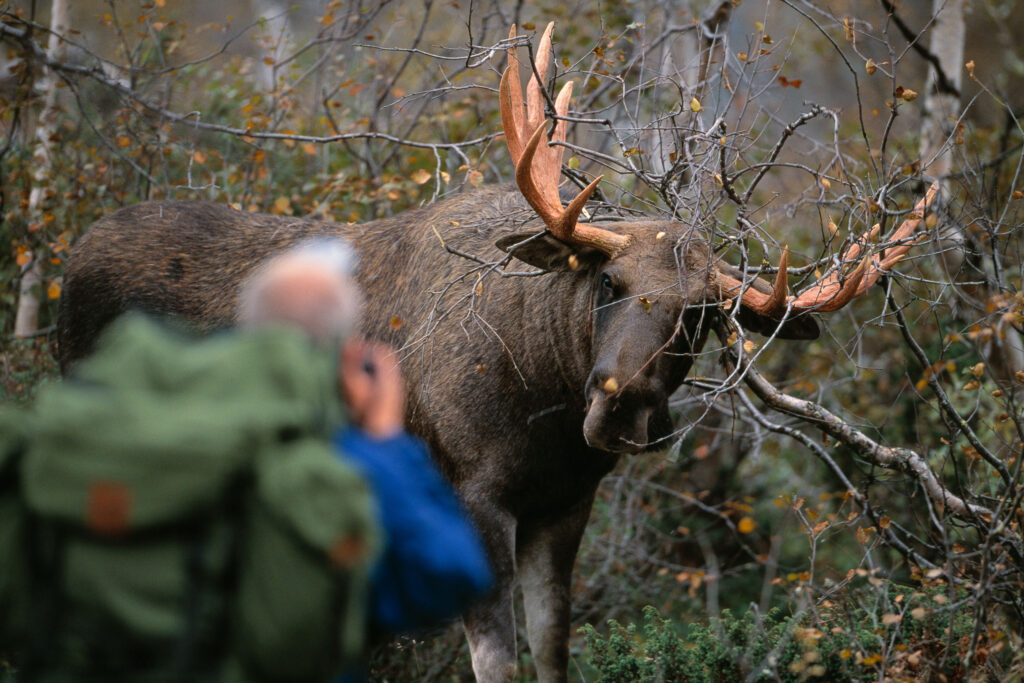
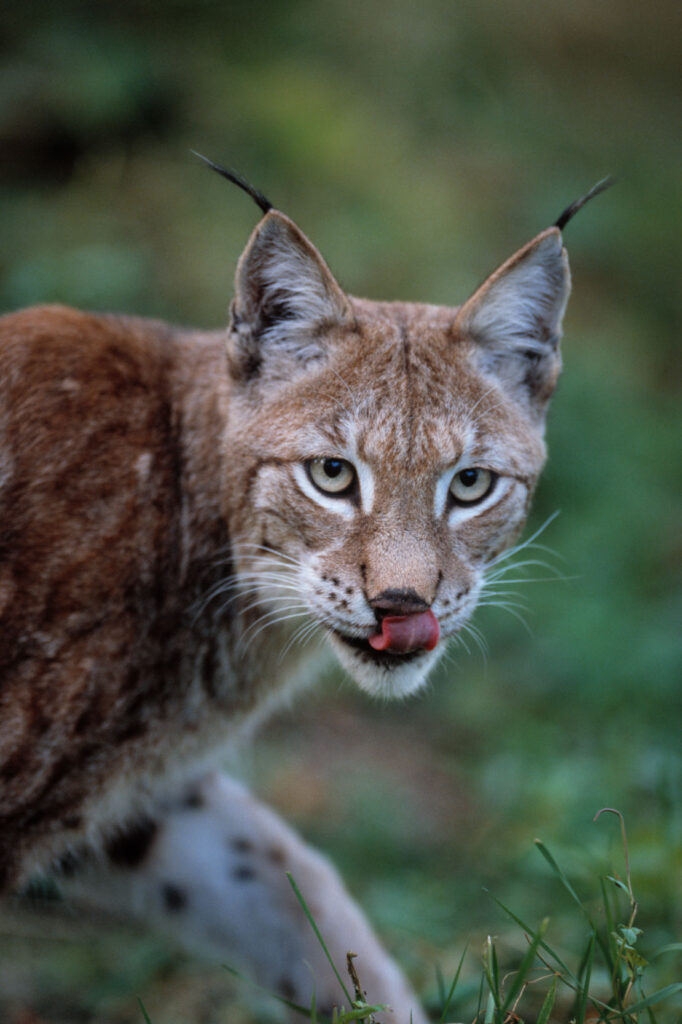
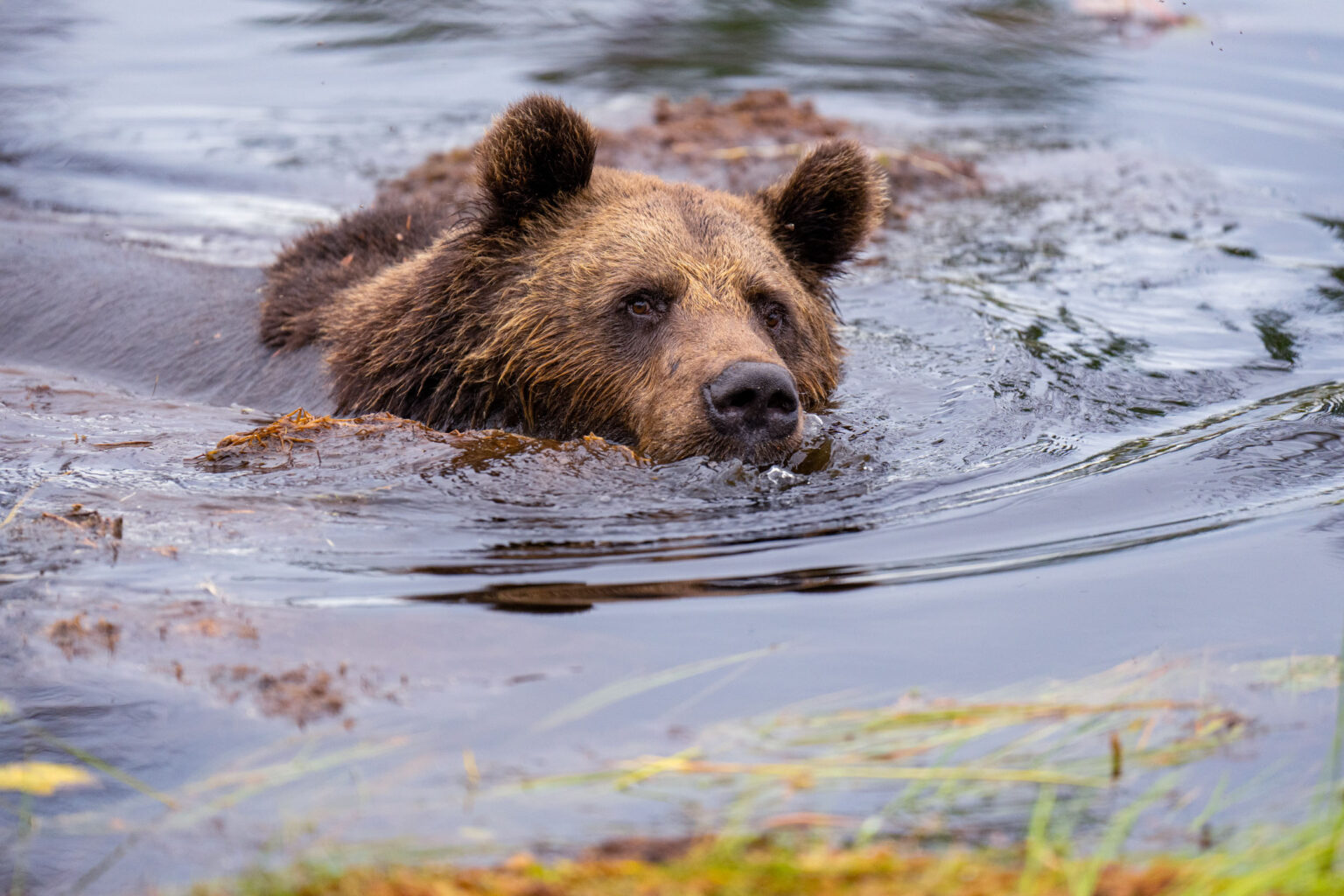
Guard dogs
Where livestock is moving around more freely in the landscape, and without fences, guard dogs and shepherds are very useful and worth trying. Certain specific dog breeds are preferred and recommended. This is a more common practice in areas with extensive grazing, in southern and south-eastern Europe.
Reindeer actions
Very few efficient measures can be taken, other than increased human presence during calving time and gathering the females to calve inside of temporary enclosures, and the targeted killing of problem bear individuals.
Protective hunting
Can be done legally by the owner, in case his or her animals are attacked. Sometimes protective hunting is also carried out in a larger area, to bring down carnivore numbers where there have been regular losses occurring. There are different opinions among researchers about the efficiency of that. In some cases, the number of attacks instead increase, because the parent animals were killed and the youngsters maybe haven’t quite learned yet how to catch wild prey themselves.
Protecting the gun dogs
Wolf attacks on dogs can be prevented to some degree too. An old hunters’ trick from Russia is to put double bells on the dog’s collar, so that the wolves become more careful. A modern method is also a Kevlar vest for the dog. Preferably in bright orange, which also reduces the risk of the dog being shot by mistake during the hunt.
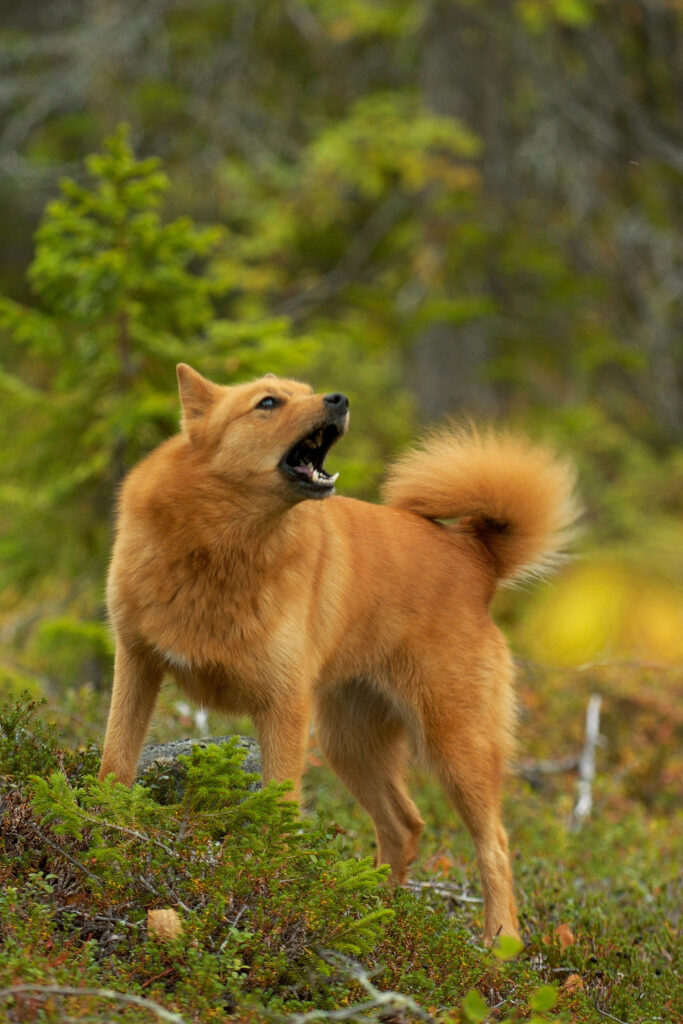
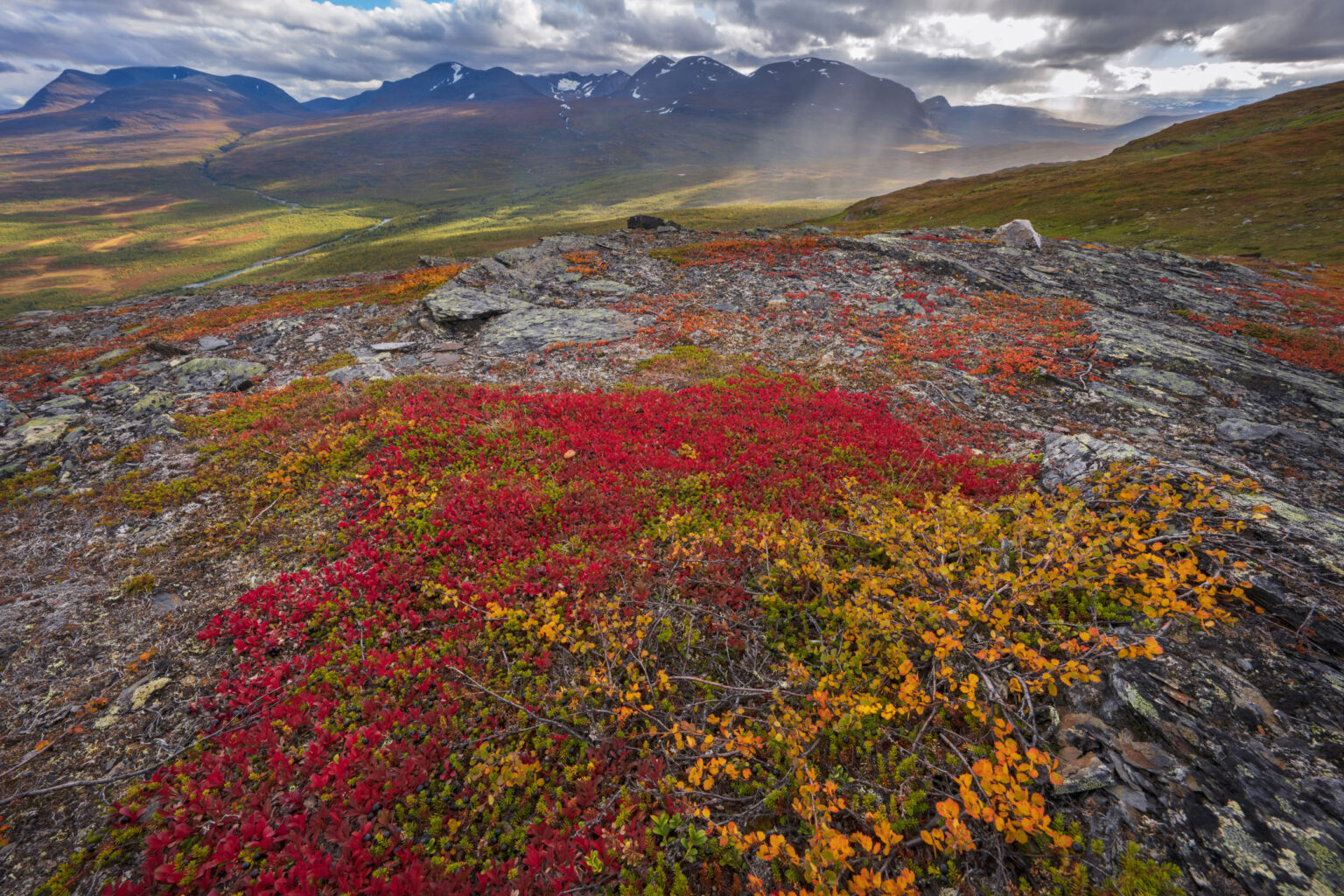
Business, jobs and income
Many mean that we need to stop seeing carnivores only as an item in the cost column of the balance sheet. Handled right, carnivores will also bring in money to the income column. Worth to explore, since these incomes might over time even show out to bring in much more than the carnivores cost. On top of that, such incomes are typically made in the remote countryside.
Wildlife watching in Europe is an area still wide open for entrepreneurship and development. In the USA, wildlife watching is, since 2011, the biggest of all outdoor activities, with more participants and a larger turnover than that from hunting or sports fishing. In Sweden, “nature” is already the most important reason for foreign tourists to visit the country at all.
In Finland, many wildlife watching tourism entrepreneurs have focused on showing wild bears, wolves and wolverines. In 2018, 35 Finish businesses created a turnover in their regions of about 7 million euro. Plus the extra sales and spinoff effects at a national level, from car hire, gas station sales, food markets, buses, trains, ferry lines, restaurants, taxi, hotels, extra weeks elsewhere in Finland etc. Regionally, this meant an influx of 9,000 visitors, employment for over 80 people at high season and a healthy infusion of local tax income. This in some of the most remote countryside areas in the EU. Since then, the wildlife watching business has developed more and expanded. Maybe wildlife will soon rank among the most important money-makers locally, for people who live where the carnivores do?
What if the existence of carnivores can be regionally developed into one of the most charismatic Unique Selling Points, to attract visitors to many remote European countryside areas? Areas where people are today moving away, because of lack of economic opportunity. Tourism is one of the world’s biggest industries and also one of the fastest growing.
The happiness of seeing wildlife is in our genes and is a very powerful emotion. That also creates local income opportunities.
A Swedish perspective
Swedes seem to realise that large carnivores have an important role to play in the ecosystems. They are also a part of Sweden’s cultural and natural heritage. Repeated official opinion surveys have over the last 20 years consistently shown that between 70 to 80 percent of Swedes are in favour of long-term viable populations of lynx, bear, wolf and wolverine.
At the same time however, government-decided licensed hunting quotas for lynx, wolf and bear have increased dramatically. Wolf numbers in Sweden are now lower than those in Germany or Italy, two countries that are not only smaller in size but also with much higher population densities. In Germany, a lot of effort and investment is put into methods how to avoid damage and loss. Not just to kill carnivores. The Swedish government might perhaps need to check out of the German policies? Perhaps also begin to limit the small special-interest groups’ disproportionate say in carnivore conservation issues?
In Europe, a lot of investment is being done into preventive measures, to keep predators away from domestic livestock. There are certain challenges with large carnivores, but maybe society ought to try to be reasonably realistic about them, and try to see their true proportions?
Links
- Understanding rural perspectives: A survey of attitudes towards large carnivores in rural communities (10 European organisations, Nov. 2023)
- Attitude survey about large carnivores and wildlife management in Sweden (Swedish University of Agricultural Sciences, SLU, 2021, Swedish)
- From control to coexistence (Journal of Mammalology, 2017)
- Sweden threatens European biodiversity (Science, 2022)
- The effectiveness of livestock protection measures against wolves (Science Direct, 2022)
- Keeping predators out - fences to reduce livestock depredation (Swedish University of Agricultural Sciences, SLU, 2020)
- Why large carnivores? (Sweden's Big Five, 2024)
- The EU Platform on Coexistence between people and large carnivores (EU Comission, 2024)
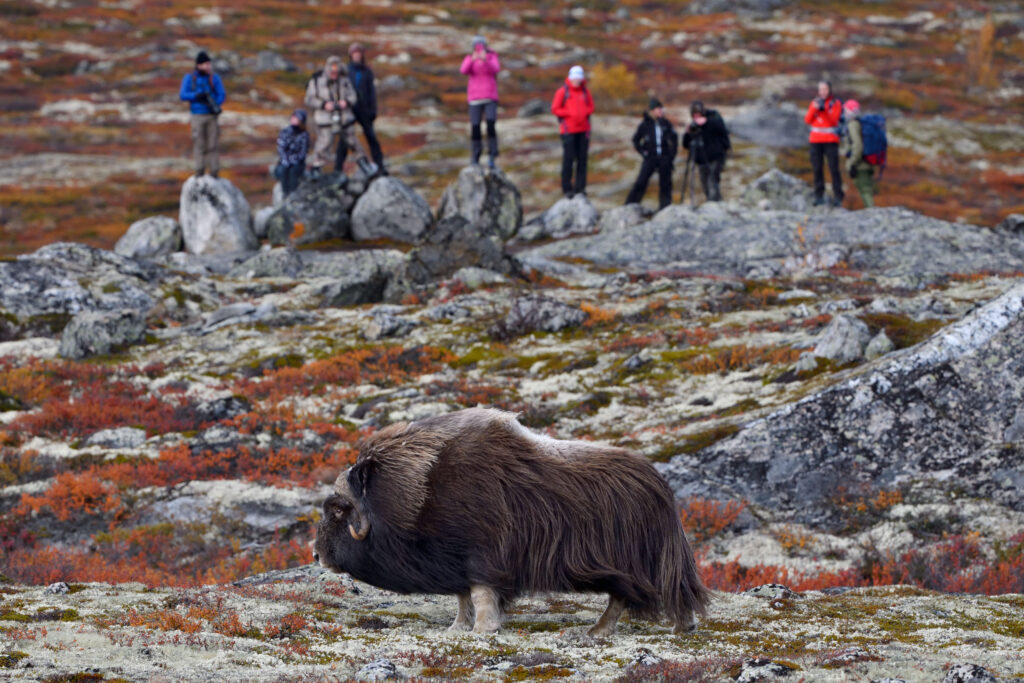
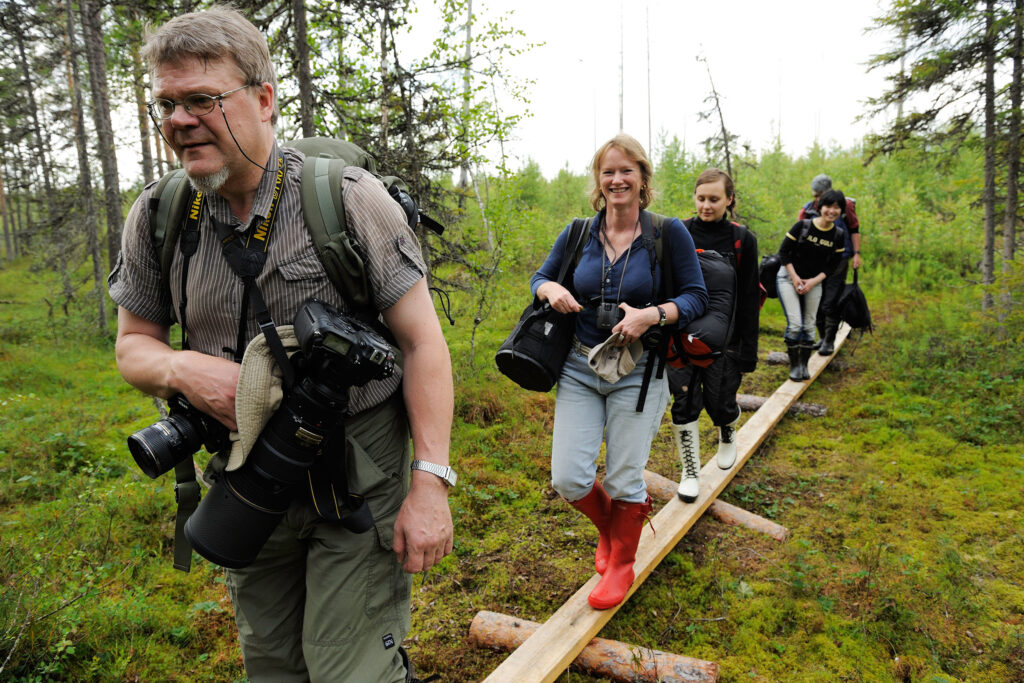
Image credits
From the top: 1-8 Staffan Widstrand